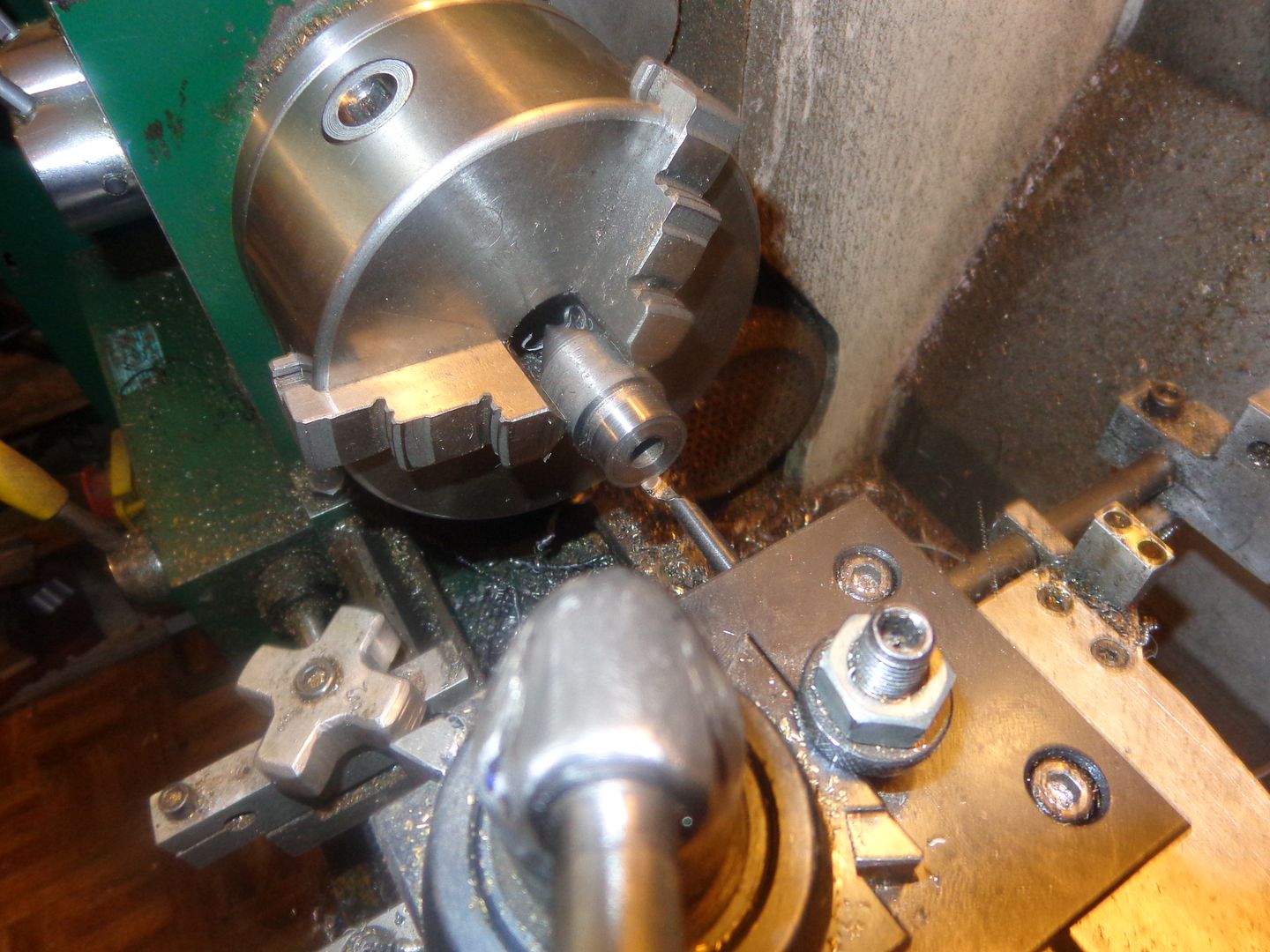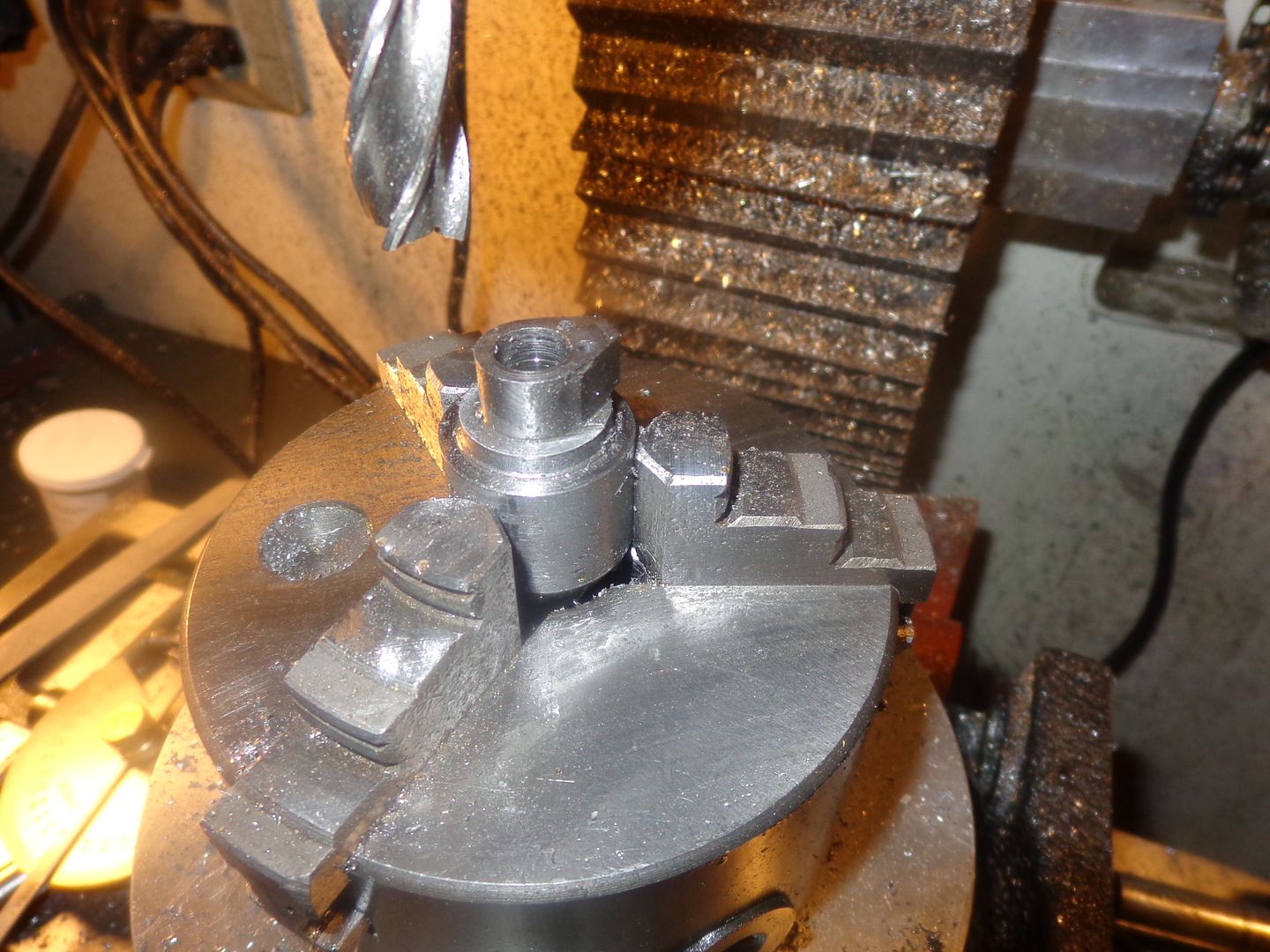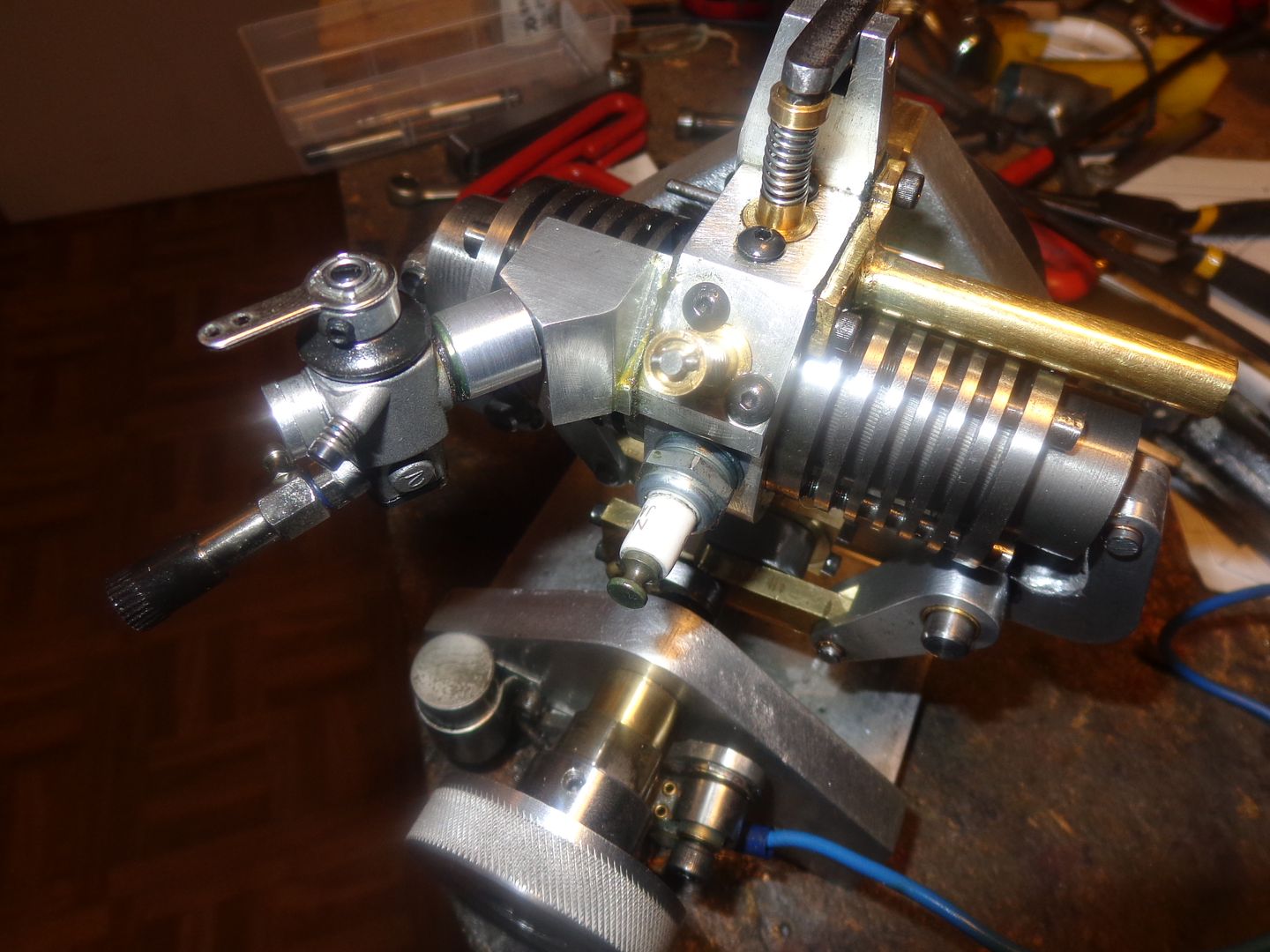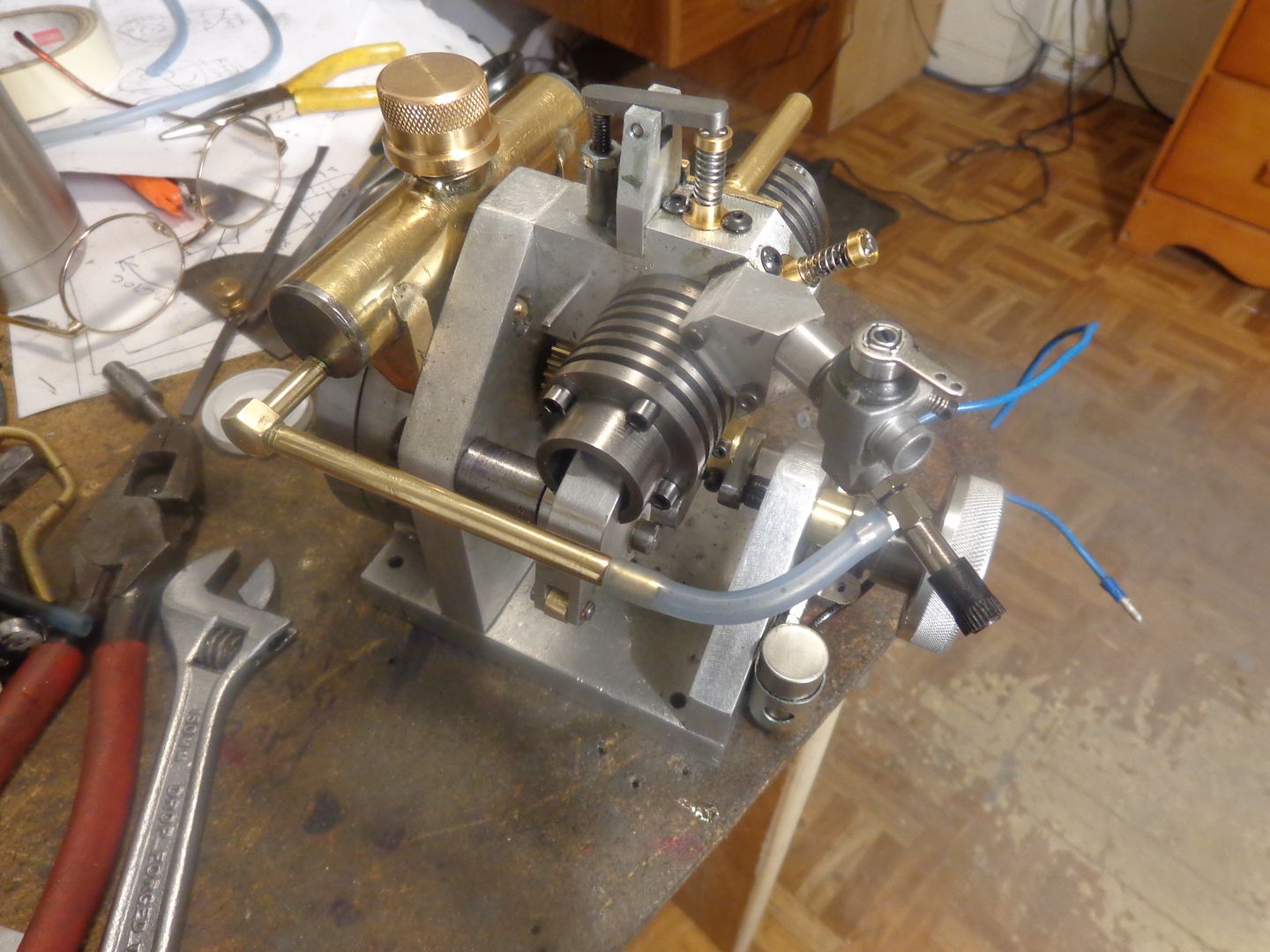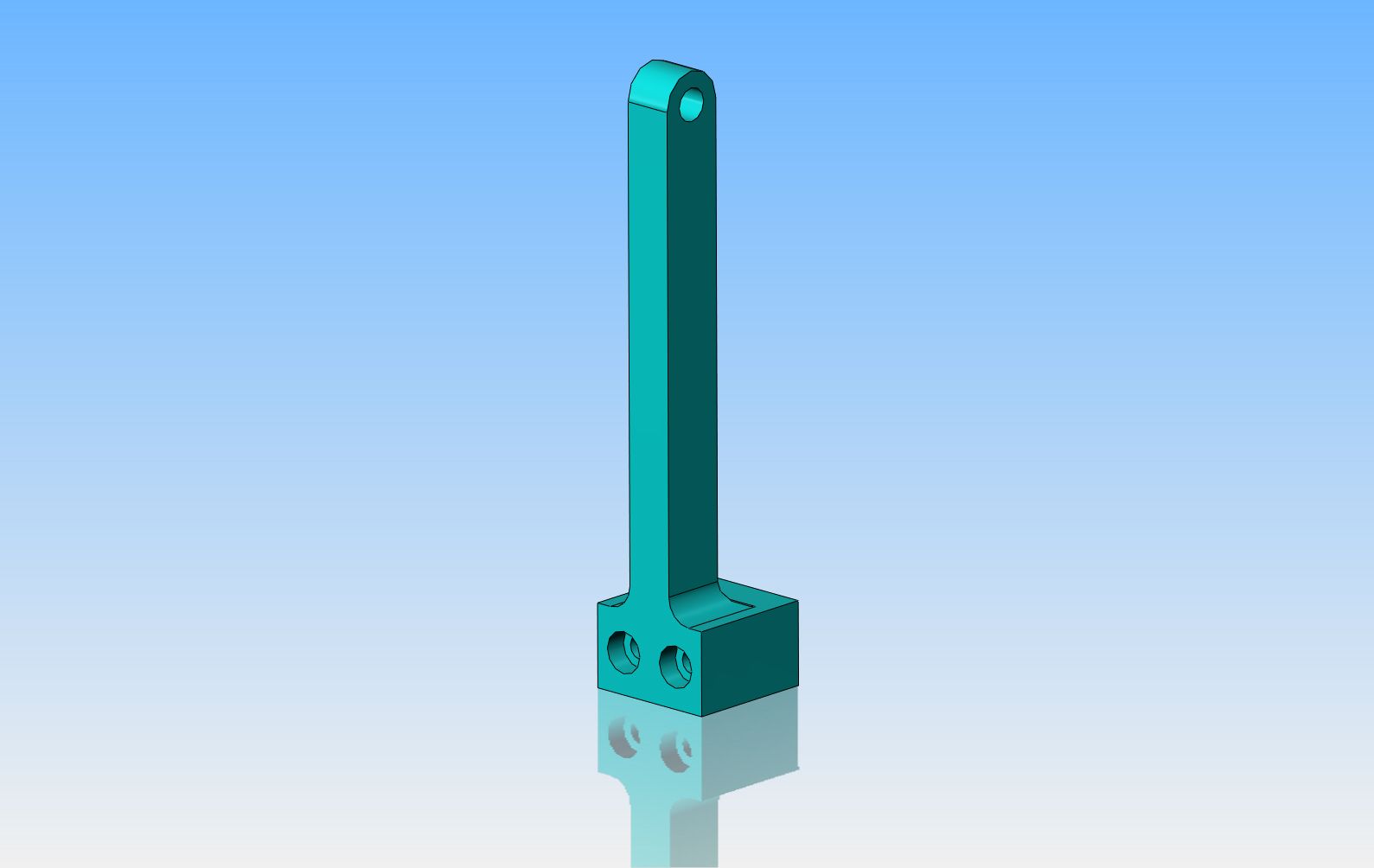What a privilege to be able to follow this engine build from the concept stage to the final, running stage....and, in less than two months. What an incredible effort it took, not to mention the dedication, all the machining, thinking, photographing, posting explanations, suffering frustrations, the joyous triumphs, the tweaking, the expense of materials..... etc.
Thank you for a wonderful tutorial. I'm sure I, and others have learned much from following this build. I commend you for allowing us to see all the failures, and then let us see how the multitude of unforeseen problems were solved.
Truly, a machining, and educational, tour de force.
Congratulations on your success.
Frank
Thank you for a wonderful tutorial. I'm sure I, and others have learned much from following this build. I commend you for allowing us to see all the failures, and then let us see how the multitude of unforeseen problems were solved.
Truly, a machining, and educational, tour de force.
Congratulations on your success.
Frank





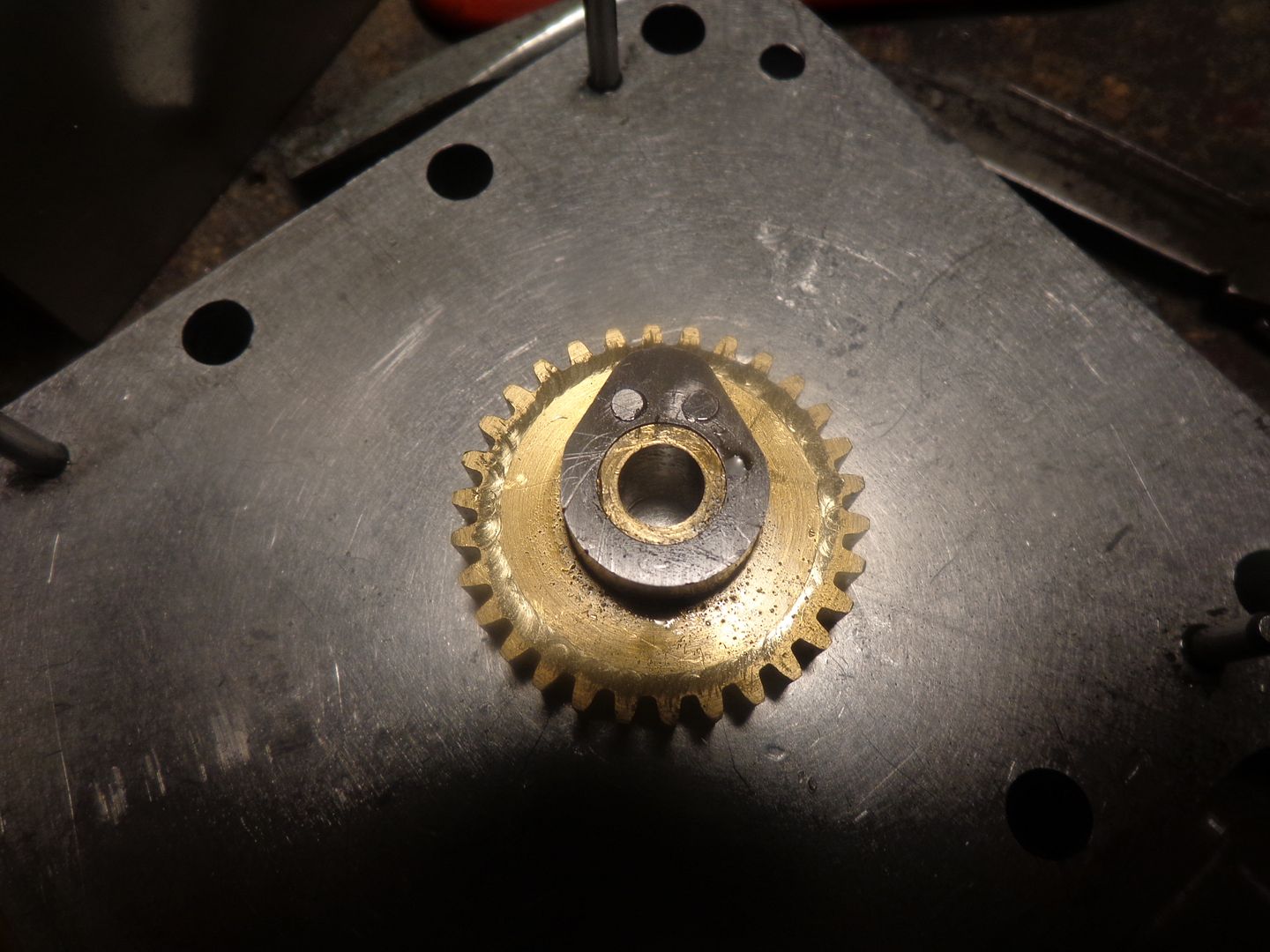
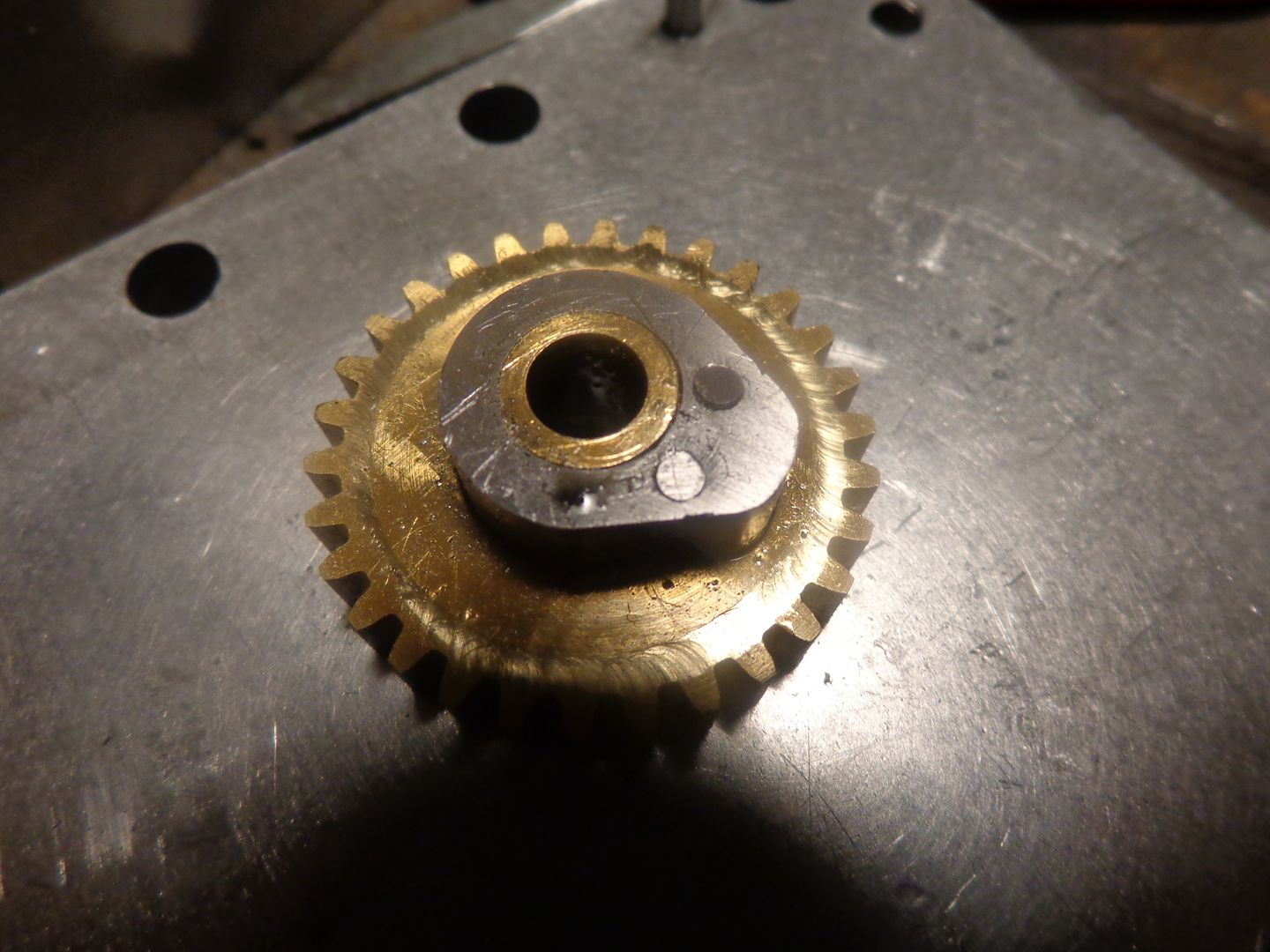 [/URL
[/URL
